US District Judge Liam O'Grady has ruled in favor of Apple and handed RXD Media a defeat in a 2012 trademark dispute over the name 'iPad'
RXD Media had claimed in 2012 that it had prior use of the name in its 'ipad.mobi' platform, with it established two years before Apple launched its tablet computer. This ruling upholds one by Trademark Trial and Appeal Board which found in favor of Apple in 2018, which means that the case is now concluded.
"Even assuming the evidence of record regarding use of IPAD.mobi, iPad.mobi, or variations employing design elements, can be considered as demonstrating use of IPAD as a standalone mark by Opposer," concluded Judge O'Grady, "we nonetheless find that the term IPAD is merely descriptive of Opposer's services and that Opposer has failed to establish that such term had acquired distinctiveness... Because Opposer has not shown that it has a prior proprietary interest in the IPAD mark, Opposer's claim of likelihood of confusion... fails."
The case of RxD Media, LLC v. IP Application Development LLC — one of many companies Apple uses in legal and business work — revolved around the claim that Apple's use of 'iPad' is confusing. RXD Media now prominently displays it as part of a site named ipadtoday.com.
"RXD... did not produce any evidence that its mark should have been considered to be the standalone 'iPad' as opposed to the composite 'ipad.mobi'," continued Judge O'Grady. "As RXD does not have priority in the rights to the 'iPad' mark, it cannot enforce any trademark rights against defendents."
During the process, Apple had made a counterclaim that RXD Media was infringing on Apple's iPad trademark, and Judge O'Grady agreed. "The evidence of infringement is overwhelming," he concluded.
Neither Apple nor RXD Media has yet commented on the ruling.
 William Gallagher
William Gallagher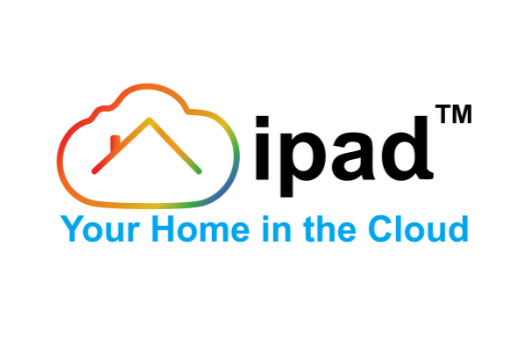
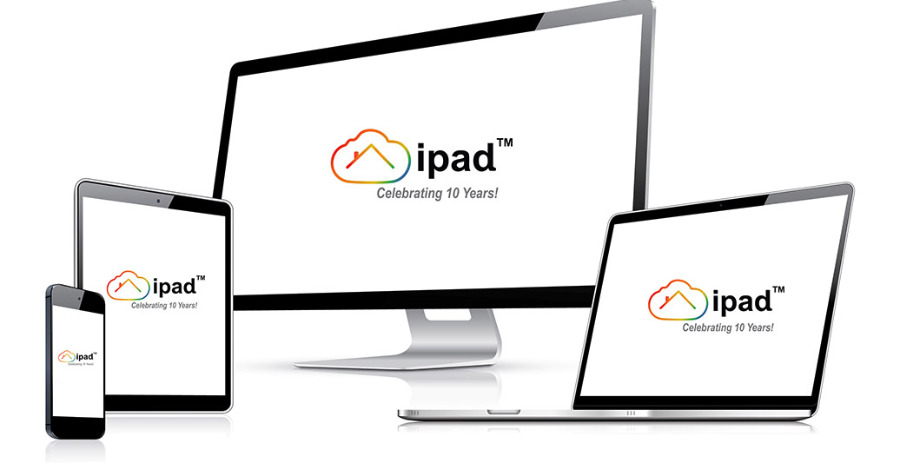



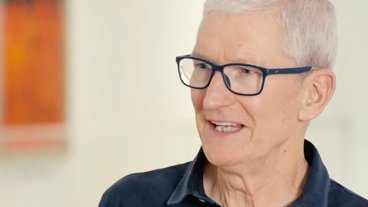


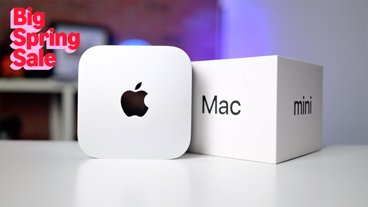
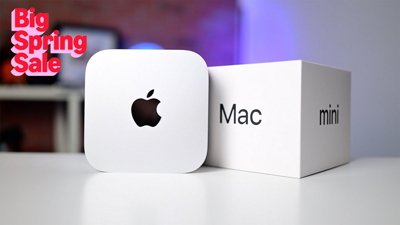
 Christine McKee
Christine McKee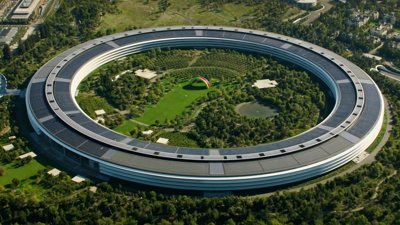
 Wesley Hilliard
Wesley Hilliard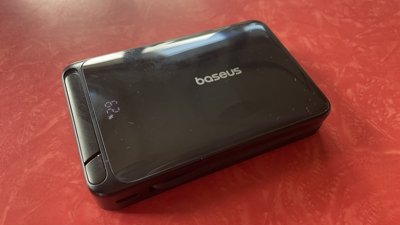
 Thomas Sibilly
Thomas Sibilly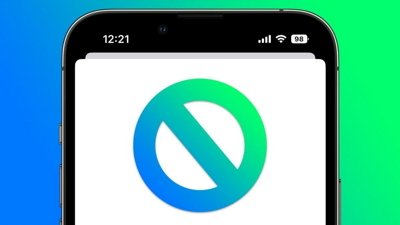
 Marko Zivkovic
Marko Zivkovic
 Andrew O'Hara
Andrew O'Hara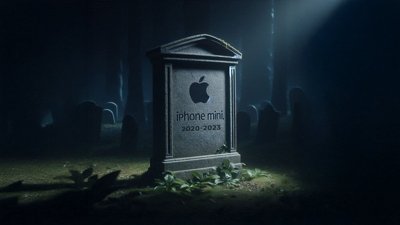
 Amber Neely
Amber Neely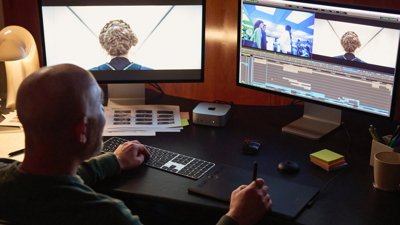

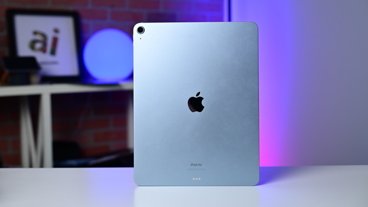






8 Comments
I think this warrants a “Boom!”
Did they really think that would fly? “Hey, let’s change our name to iPad now that Apple has made it well known. We can claim it because we used the term as a page identifier on our website.”
"
Thats exactly the point I made back in the days of the Samsung/Apple trademark battle of 2012. Here's my argument from back then, which may shed some light on how trademarks work...
Apple - Apple vs Samsung (Design Patents)
Since the Apple vs Samsung trial there has been much written about the merit of design patents. I thought I'd provide a bit of insight here for those who might not be conversant in the topic.
Among Apple's assertions in its lawsuit was that Samsung copied elements of the iPhone and iPad for which Apple holds several patents. These particular patents are known as design patents. It seems a lot of folks don't take these patents seriously and go as far as to suggest that they should not exist. There is a good reason why they do exist, but to explain this we have to begin with a bit of a side trip and requires that we speak about trademark law. Bear with me on this and hopefully I'll be able to clarify the purpose of design patents and provide some insights into the Apple versus Samsung trial.
Most people are familiar with the idea of a trademark. By way of example, Kellogg, the cereal maker, has a trademark on Tony the Tiger and fought a battle with Exxon over Kellogs' claim that the use of an unnamed tiger in Exxon's advertising violates Kellogg's trademark for Tony the Tiger. Why? For 30 years, Exxon used its tiger character exclusively to promote its gasoline blend, but then, in the 1990's began using it to sell food. Kellogg said consumers are confused by the similarity between the cartoon tigers and may conclude that Kellogg is somehow behind soda, coffee and other items for sale at Exxon's TigerMart stores. The case went back and forth for several years, with Exxon initially winning the case, but ultimately losing on appeal. This case would not seem extraordinary to most people as most folks understand the concept of protecting a unique trademark like Kellogg's Tony the Tiger character.
Now let's look at another case, one that comes closer to the Apple vs Samsung case, but still an application of trademark law. This case is Ferrari vs Robert's Replicas. Back in the 1980's Robert's Replica's was in the business of manufacturing fiberglass kits that replicated the exterior features of Ferrari's Daytona Spyder and Testarossa automobiles. Roberts' copies were called the Miami Spyder and the Miami Coupe, respectively. Ferrari brought suit against Roberts in March 1988 alleging trademark infringement.
Here's what this case was about: After Ferrari vehicles have been on the market for a number of years, the design of those vehicles acquires what's called "secondary meaning", a concept at the heart of trademark law. Secondary meaning refers to an association of a design, like the design of a Ferrari vehicle, with quality and craftsmanship or other positive attributes one might associate with the Ferrari brand. After a design has acquired secondary meaning, trademark law can be applied to protect the company from those who would copy its designs and use them to promote their own products. Robert's copying of Ferrari's iconic designs could confuse the public and dilute the strength of Ferrari's brand. Just the presence of large numbers of replicas would dilute Ferrari's image of exclusivity, causing financial harm to Ferrari. Trademark law, under the concept of secondary meaning, protected Ferrari. The courts ruled in favor of Ferrari in this case and enjoined Roberts from producing the Miami Spyder and the Miami Coupe.
But how does this relate to design patent law?
The problem with using trademark law to protect a company's designs (under trademark law a product design or package design is referred to as "trade dress") is that a product has to be on the market for a long time before its design acquires secondary meaning (i.e. before the design becomes iconic and is seen by consumers as representative of the company behind the product). When competitors come in immediately after a new product design is introduced and copy it, as is the assertion in the Apple vs Samsung case, the originator of the design doesn't have the luxury of time needed for its product design to acquire secondary meaning in the eyes of consumers. Consumers immediately see the same design from multiple companies and so don't grow to associate the design with the company that originated that design.
This is where design patents come in. Where trademark protection of an iconic product design has no expiration, it takes time for a new product to acquire that protection (as stated above). A design patent offers immediate protection of a new and novel design and for a period of 14 years thereafter, giving a company protection of its original designs until they acquire secondary meaning in the market and therefore protection under trademark law. So the design patent serves a valuable function for companies like Ferrari, and Apple.
Most people, including myself, have never heard of IPad.mobi. So, consumers are very unlikely to be confused by the similarity of the word “iPad” for a service and the name of Apple’s iconic device. The company RxD likely pushed the name iPad.mobi on their website in order to attract attention to their website and to capitalize on the similarity of the name. The Trademark Trial and Appeal Board ruled against them last year and now Judge O’Grady has said that the evidence of infringement by RxD on Apple’s trademark is “overwhelming”. I wonder if RxD is now responsible for having to pay damages, as well as costs of the original appeal and then the trial? I hope so because this would discourage other frivolous lawsuits of this kind.
Talking of blatant copyright infringement ... Maybe it's time for this company to make another run ... (only the old timers here will remember this ...)
